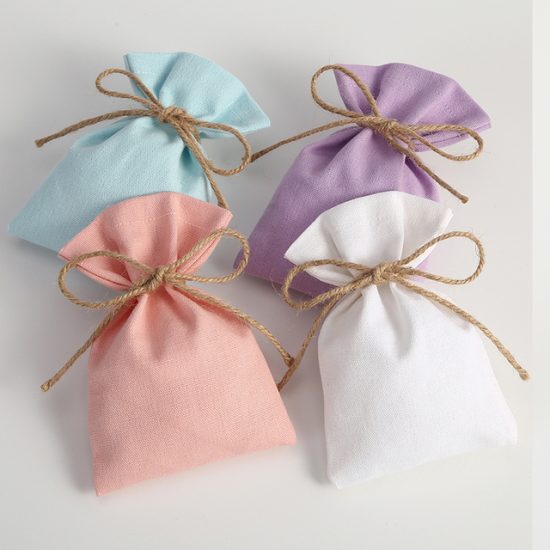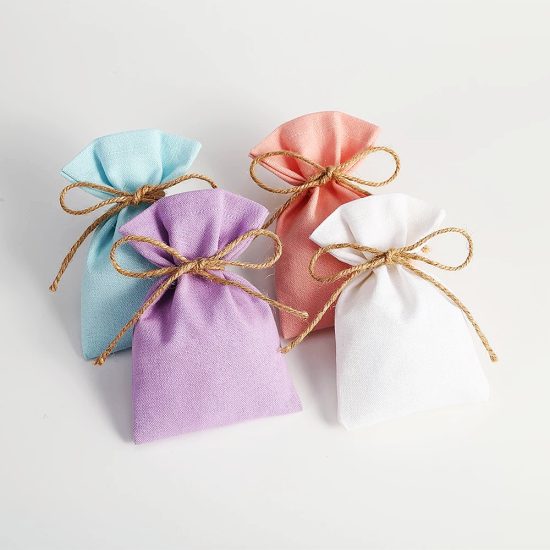Jute sacks, once confined to the realms of agriculture and trade, have transcended their utilitarian origins to become a canvas for creativity in interior decor. With an eco-friendly appeal and rustic charm, jute sacks have found their way into modern homes, adding a touch of uniqueness and sustainability to interior spaces. In this exploration of innovative designs and uses, we uncover how jute sacks have become a transformative element in contemporary interior decor.
1. Rustic Elegance: Jute sacks bring an earthy and rustic elegance to interior spaces. Their coarse texture and natural hues provide a contrast to modern furnishings, infusing a sense of warmth and authenticity. From cushions to curtains, jute sacks add depth and character to rooms while maintaining a timeless appeal.
2. Accent Furniture: One of the most innovative uses of jute sacks in interior decor is their integration into accent furniture. Ottomans, stools, and even chairs upholstered with jute sacks create focal points that spark conversations. This trend not only celebrates sustainable choices but also encourages the revival of traditional crafts.
3. Wall Art and Hangings: Jute sacks, with their distinct texture, have found their way onto walls as art pieces and hangings. From framed sections of jute sacks to intricate tapestries, these wall adornments infuse spaces with a touch of rustic artistry, transforming plain walls into captivating showcases.
4. Sustainable Rugs and Carpets: Jute sacks have evolved into sustainable alternatives for rugs and carpets. The durability of jute fibers lends itself well to high-traffic areas, offering functional beauty. Jute rugs contribute to a natural, calming ambiance while making a statement about responsible consumer choices.
5. Plant Holders and Hangers: Embracing the trend of bringing nature indoors, jute sacks have become plant holders and hangers. The sacks’ robust structure makes them perfect for holding pots and planters, allowing homeowners to create hanging gardens that bring life to indoor spaces.
6. Lighting Fixtures: Jute sacks have ventured into the realm of lighting design, becoming shades for pendant lights and lamps. The interplay of light and shadow through the textured fabric adds a mesmerizing dimension to illumination, transforming it into an artistic element.
7. Table Settings and Runners: Jute sacks find their place on dining tables as unique table runners, placemats, and coasters. These additions infuse meals with an organic aesthetic, enhancing the dining experience while promoting sustainable living.
8. DIY Creativity: The versatility of jute sacks encourages DIY enthusiasts to explore their creative potential. Crafting projects range from upholstering furniture to making wall pockets, tote bags, and even artwork frames, allowing individuals to infuse their personal touch into their living spaces.
In conclusion, the modern applications of jute sacks in interior decor exemplify the harmony between sustainability and creativity. As interior design embraces eco-conscious choices, jute sacks emerge as a compelling option that marries aesthetics and responsible living. By repurposing and incorporating jute sacks into our homes, we not only elevate our spaces but also contribute to a more sustainable and artful lifestyle. With each innovative use, jute sacks prove that the boundaries of interior decor are limited only by our imagination.


